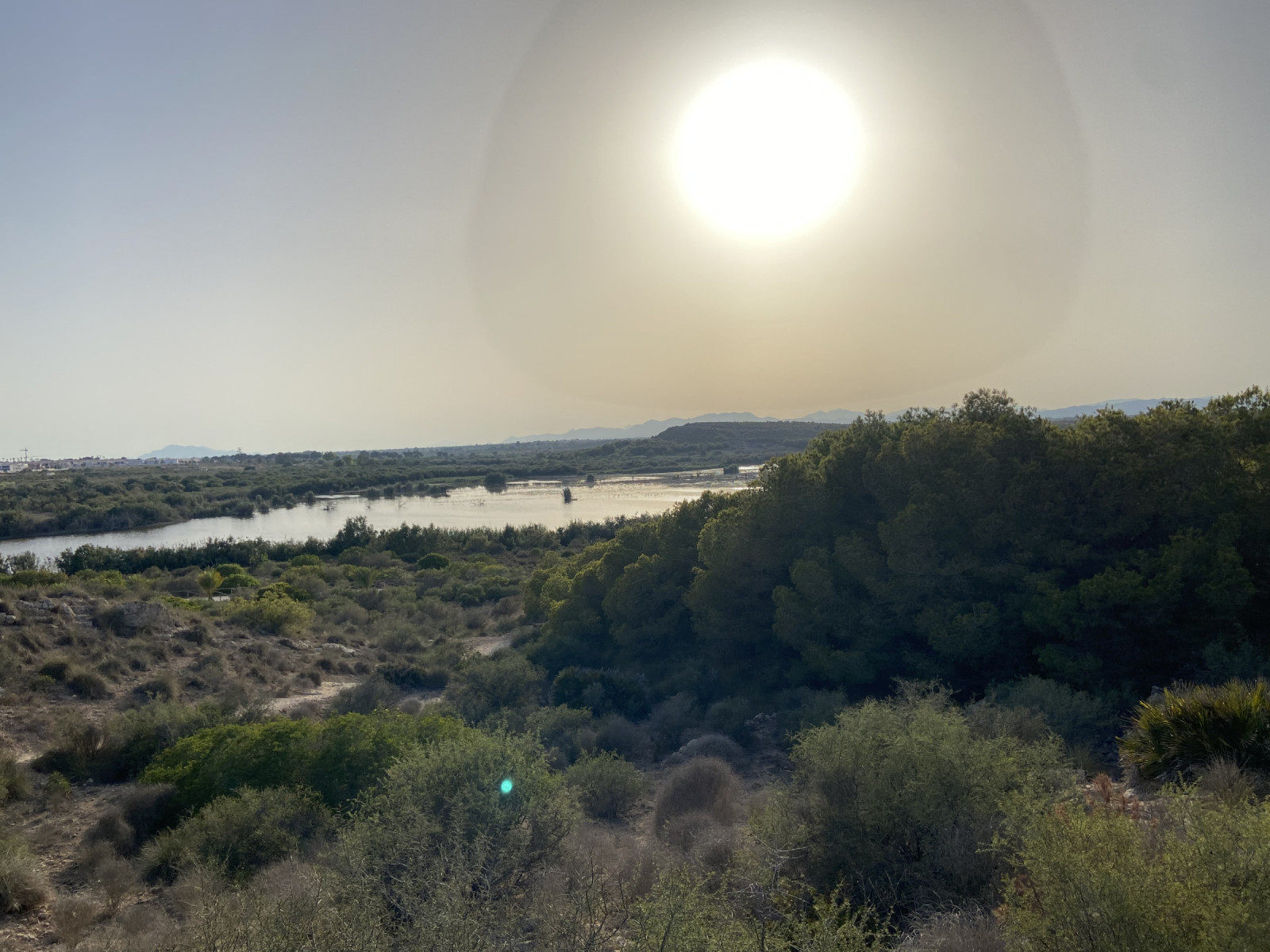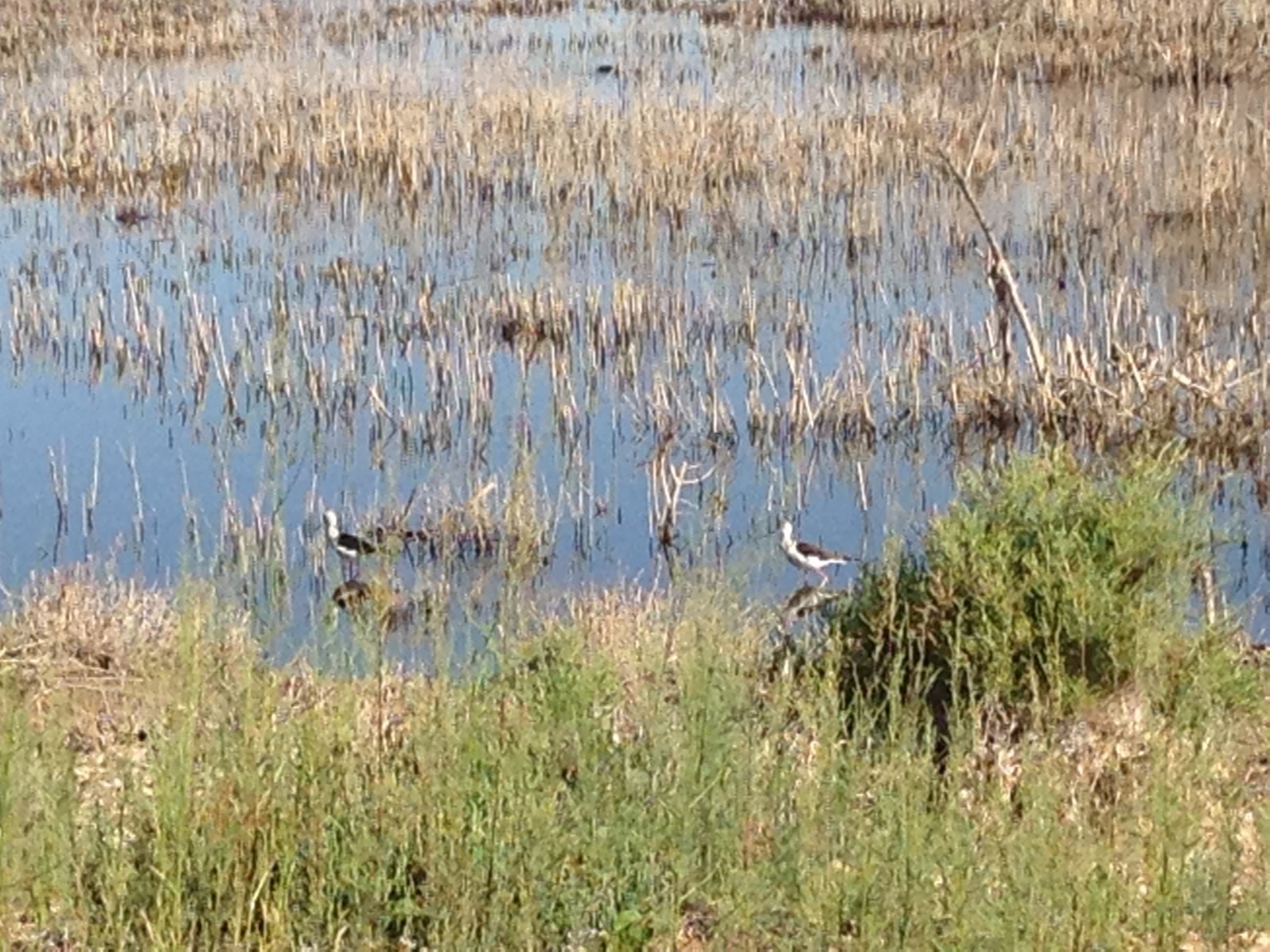Opis
El Clot de Galvany is within easy access of Alicante, Santa Pola and Gran Alacant and the surroundign towns and cities. Until recently it was nowhere near as good as it once was because water levels were allowed to fluctuate in all but one lagoon, but recently and concurrent with a reintroduction of marmurka these lagoons were made permanent once again and as a result now attracts significantly more species than before.
It is a mixture of lagoon, scrub and marshy terrain. There are three hides on territory and 2 more observation platforms overlooking a wide section of the reserve allowing for a lot of species to be seen.
In March 2020 a few marmurka were reintroduced and currently up to 8 use the reserve and it is hoped they will breed successfully in later years. sterniczka is another very rare speciality which can be seen in the park. All can be encountered on one of the three permanent lagoons and marmurka in particular are much easier to observe here than El Hondo. This may be the best site in the region for them currently.
Other interesting birds which use the reserve are a lot of czapla nadobna and some czapla biała , which are joined in the summer by czapla purpurowa , czapla modronosa , bączek , ibis kasztanowaty and ślepowron . The reserve is frequented in the summer by the inevitable cloud of hirundines and żołna.
błotniak łąkowy has been present for a few seasons and in the winter a pair of orzełek usually overwinters on the territory of the reserve and sometimes stays resident for the entire breeding season. The woods surrounding the reserve hold krętogłów in winter.
Szczegóły
Dostęp
To reach the nature reserve by car, turn of the N-332 road to Gran Alacant near the Mercadona supermarket and take the Avinguda del Mediterrani past a roundabout and a shopping area and proceed down a rather steep road going past some Aleppo pine woodland without turning anywhere until the Via Camino is reached. Pass an obvious parking space opposite a one-way street and turn left on the first left road after the zebra crossing. Follow a minor road to an obvious parking area. Cycling is not allowed in the reserve but there is no obvious place to put your bikes, so take your bike with you if you came by bike. There is a bus stop right next to a reserve just past the entrance where there is a white bench on the pavement. The Alicante-Santa Pola bus stops here regularly.
After this follow the trail through some pleasant woodland away from the parking area without turning anywhere which then after some time becomes an exposed area overlooking a permanent lagoon. Take the first left turn and follow the trail to a T-junction in between 2 lagoons. Taking a right turn at the first right turn instead brings you to a sheltered observation platform overlooking a gigantic lagoon. If you go right you will find a hide looking into dense reeds which is usually not great for birds, and the left turn brings you to a hide in front of one of the lagoons. marmurka can be easily observed here and they often perch close to the hide itself. Herons and sterniczka can also be observed.
Follow the trail away from the hide and take the second right turn towards another hide overlooking part of the large lagoon. Following the trail further can bring you to another observation platform overlooking an area of scrub.
The total length of the trail shown on the map is about 6 km.



